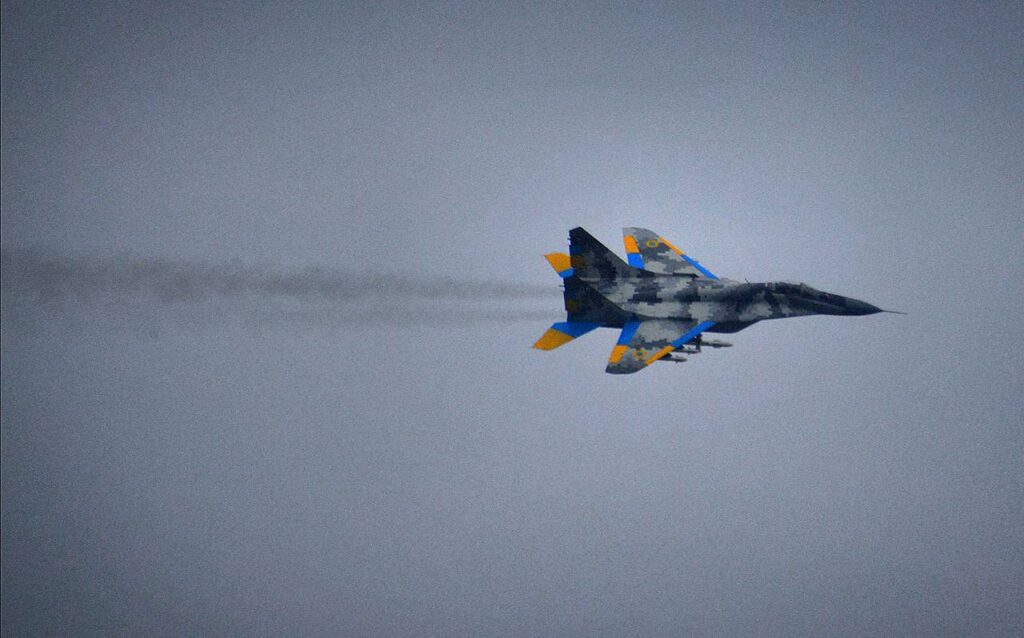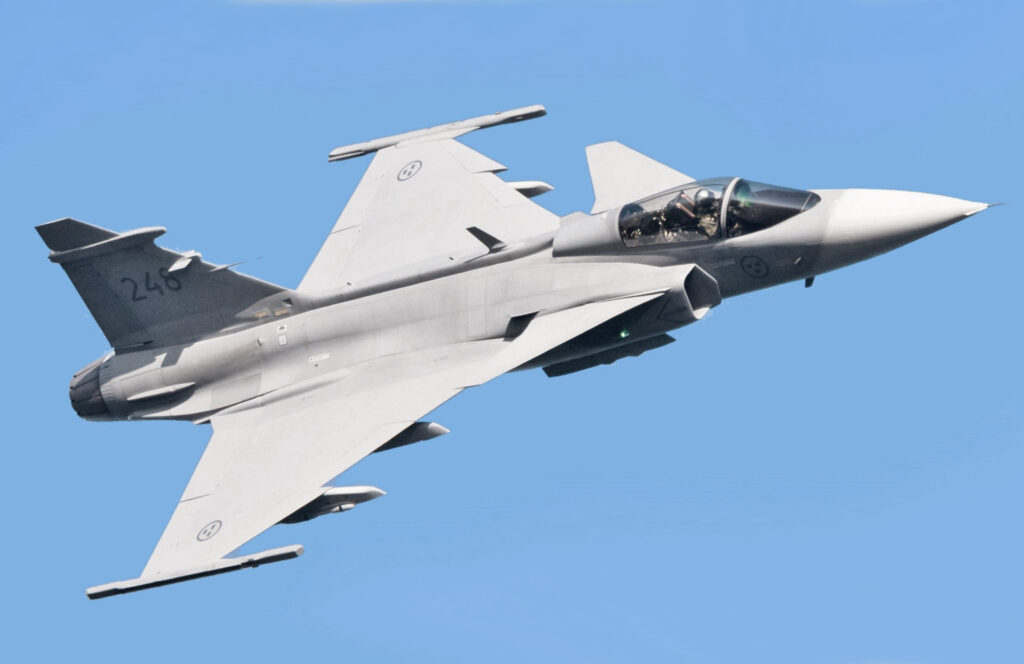Kyiv outlines an ambitious plan to modernize its Air Force with F-16, Gripen, and Rafale fighters.
Kyiv, Ukraine — Ukraine has officially presented the concept for the renewal and modernization of the Air Force of the Armed Forces of Ukraine, a major step toward transforming its aerial capabilities and aligning with NATO standards. The plan envisions the creation of a new generation of multirole fighter aircraft supported by modern infrastructure, logistics, and training systems.

Modernization Based on Three Fighter Platforms
According to President Volodymyr Zelensky, Ukraine intends to acquire at least 250 new combat aircraft built around the F-16 Fighting Falcon, JAS 39 Gripen, and Dassault Rafale platforms. Each of these aircraft offers unique advantages in performance, cost, and operational flexibility.
“The most important issue remains the organization of the appropriate infrastructure and the adaptation of Ukrainian pilots,” President Zelensky said during a recent address.
The modernization effort includes not only aircraft acquisition but also construction of advanced air bases, maintenance hangars, radar systems, and training facilities to support long-term operational readiness.
Efficient Pilot Training and Adaptation
Retraining Ukrainian pilots remains one of the most critical elements of the modernization plan. Transitioning from legacy Soviet-era fighters such as the MiG-29 and Su-27 to Western-built jets requires a comprehensive training program and updated flight doctrines.
Speaking about the Swedish JAS 39 Gripen, President Zelensky emphasized its advantages:
“Maintenance of Gripen is the cheapest, because the smallest number of people need to be involved. For our pilots with qualifications and experience, it is not one and a half years of training, as, for example, we had with the F-16, but six months. All flight and landing technical capabilities of the Gripen are also advantageous — they can take off and land on highways.”
The Gripen’s ability to operate from improvised airstrips or damaged runways makes it highly suitable for Ukraine’s current operational environment, where flexibility and rapid redeployment are crucial.

Strategic Partnership with Sweden
In a significant development, Ukraine and Sweden have agreed to localize the production and maintenance of Gripen aircraft within Ukraine. This cooperation is expected to strengthen Ukraine’s aerospace industry and reduce logistical dependence on foreign bases.
Despite ongoing challenges, the first JAS 39 Gripen aircraft are expected to appear in Ukraine next year, signaling the beginning of a new phase in Ukraine’s air capability enhancement.
Complementary Roles of Western Fighters
While the F-16 will likely serve as the primary platform due to its global availability and extensive support network, the Gripen offers a cost-effective and easily maintainable solution. The Dassault Rafale, known for its advanced avionics and multirole performance, could complement these aircraft in specialized strike or air superiority missions.
This combination of platforms is intended to provide Ukraine with a balanced and resilient air fleet capable of defending national airspace and supporting ground operations.
Infrastructure and Integration Efforts
To accommodate the new aircraft, Ukraine has begun upgrading its airfield network, constructing hardened shelters, and establishing NATO-compatible communication and maintenance systems. Efforts are also underway to integrate Western weapon systems and avionics into the broader defense command structure.
Defense analysts note that this initiative represents not only an equipment upgrade but a strategic transformation of the Ukrainian Air Force’s doctrine, logistics, and operational philosophy.

